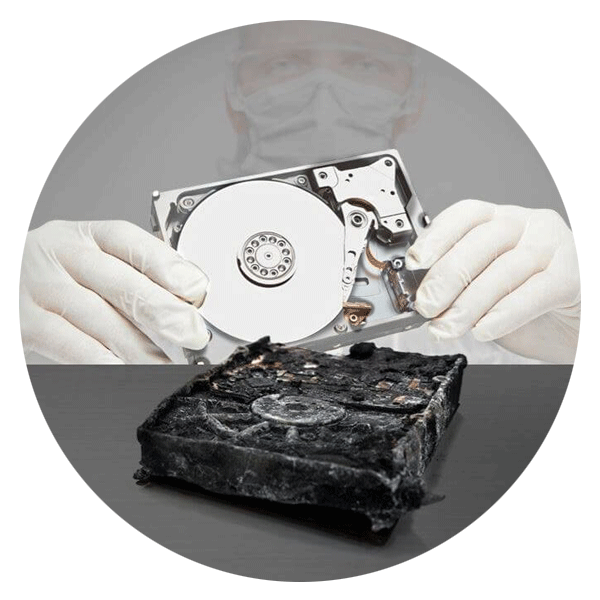Windows Server 2003 Extended Support Ends July 14
On July 14th Microsoft will end the extended support for Windows Server 2003. From this point on,there will no longer be security updates or patches for the product. This not only affects Windows Server 2003, but also Windows Server 2003 R2 and Small Business Server 2003/2003 R2. Experts warn that new hacking tools may be able to take advantage of previously undiscovered vulnerabilities in the operating system, potentially acting as massive threats to data security.
Recent studies have indicated that approximately one-third of all servers worldwide run Windows Server 2003, making up a minority of the overall Windows install base. However, the companies within that install base that have not acted – or do not act now - act with gross negligence. The violation of any applicable privacy laws, data theft or even sabotage of the entire IT infrastructure of an enterprise can lead to possible fines, lost revenue, and high costs for the restoration of ongoing business operations. It’s not just a matter of being current with the operating system. All of the supporting programmes and tools that companies use - management software, database products, and applications - may also be approaching or past their supported life cycles.
What does the end of extended support for users mean?
The answer is simple: Without the Active Directory there is no Exchange Server Installation. What does that mean for the users who have an active Windows Server 2003 Exchange Server in use? At first glance, the end of support has a relatively little impact as both systems continue to run as smoothly as before. As we move forward from the end of support date, Microsoft will no longer release public security updates or patches.
A consequence from the end of support date is that hackers and industrial spies have better ways to access mission-critical enterprise data. Vulnerabilities in the Windows system will not stop on the end date by Microsoft. It also means the security officers of Redmond will no longer conscientiously check system gaps, as those too will not be discovered so quickly as before. Gaps in the Windows Server System remain open longer and the possibility of potential attackers to cause damage is significantly larger.
A simple example how much damage a hacker can cause is reflected when one searches in any internet search engine for the terms "Active Directory hack tools" or "Windows Server hack tools." Nearly half a million results provide a significant amount of information on the illegal processes, tools, and downloads available with which hackers can potentially change the administrator password to access the Active Directory. If somebody is successful in getting into the Windows Server 2003 system by “borrowing” a foreign identity, stealing commercial secrets is no longer a problem.
It‘s even more critical when the attacker is not devoted only to data theft, but sabotage. Once the attacker has managed to gain access to Windows Server 2003, it is theoretically possible to shut down the entire server in combination with installing ransomware and to demand money for releasing the server and its data. Under certain circumstances it may be even possible that the impugned hardware is so irreparably damaged that even a data recovery from reputable and specialised data rescuers is almost impossible.
Conclusion
Your server will continue to function normally after July 14th if you do nothing. But if you don’t want to handle potentially costly and unnecessary problems down the road, it’s time to let go of your beloved Windows Server 2003. Perform an immediate assessment of your environment and create a migration or upgrade plan that suits your needs. Or as a last resort, enter into an annual premium support/ custom support agreement with Microsoft, which is speculated to run into the six figures price range and is also contigent on you having a migration plan in place before entering into the agreement. So, the choice is yours, but choose quickly.

Call for Immediate Assistance!
- Cloud (5)
- Crypto Currency (2)
- Data Backup (12)
- Data Erasure (5)
- Data Loss (11)
- Data Protection (8)
- Data Recovery (40)
- Data Recovery Software (7)
- Data Security (9)
- Data Storage (9)
- Deleted Data (4)
- Disaster Recovery (5)
- Encryption (2)
- Expert Articles (2)
- Hard Drive (HDD) (19)
- Laptop/Desktop (8)
- Mobile Device (14)
- NAS (1)
- RAID (5)
- Ransomware & Cyber Incident Response (9)
- Server (1)
- Solid State Drives (SSD) (13)
- Tape (10)
- Virtual Environment (4)
